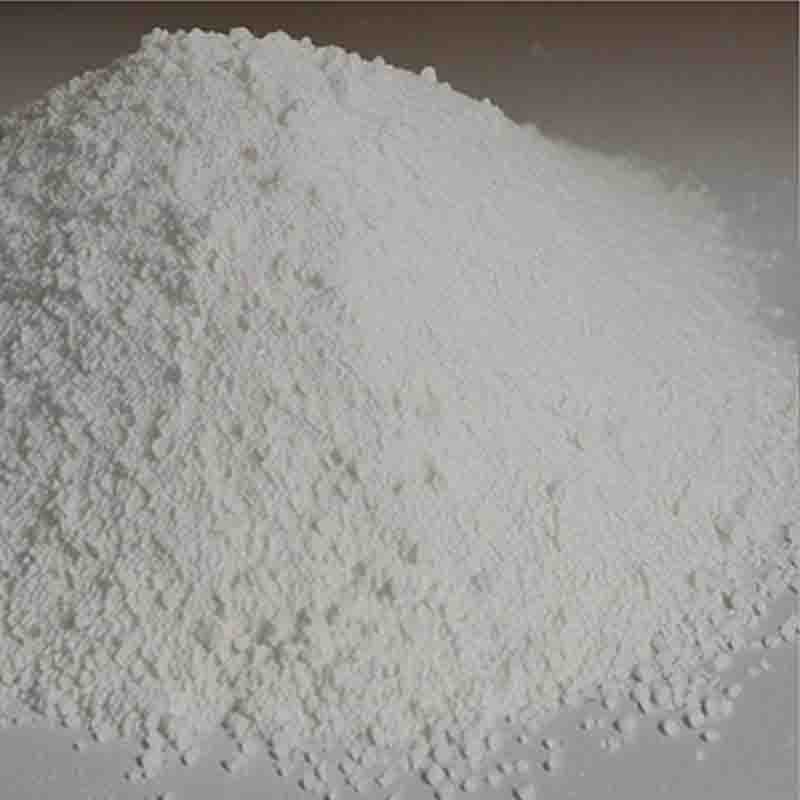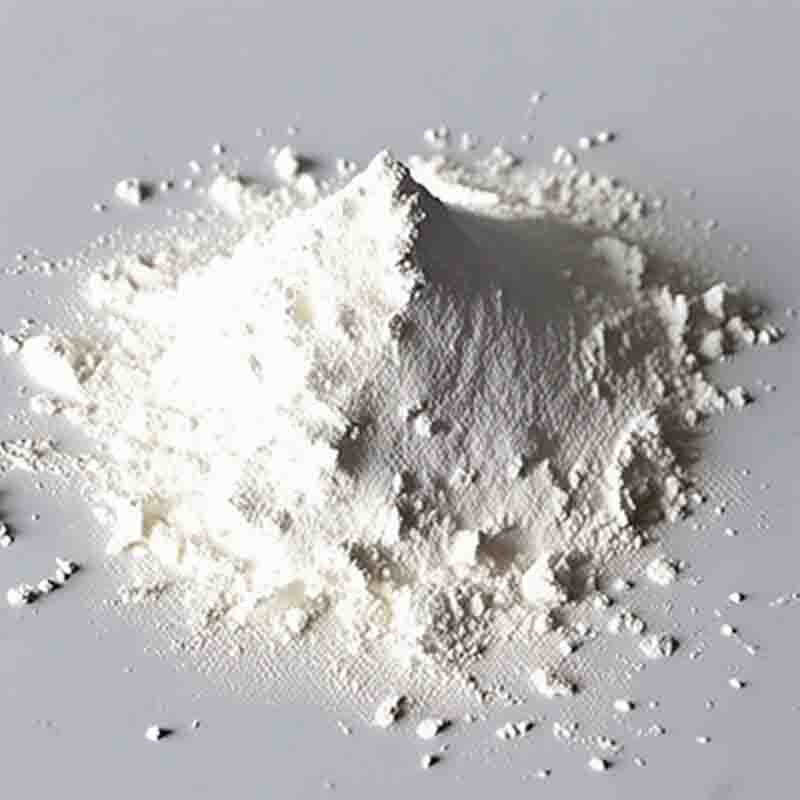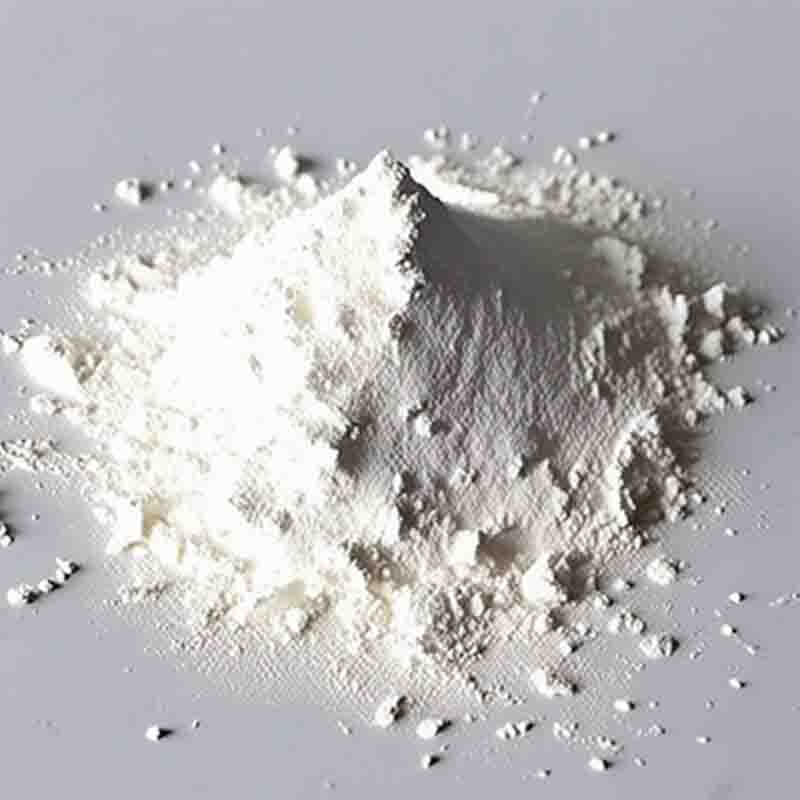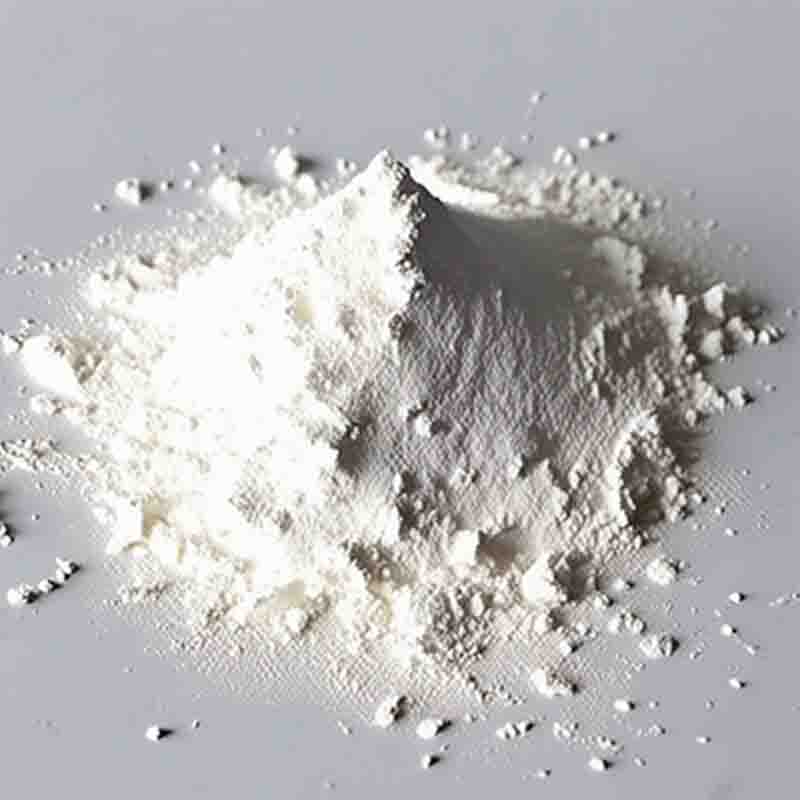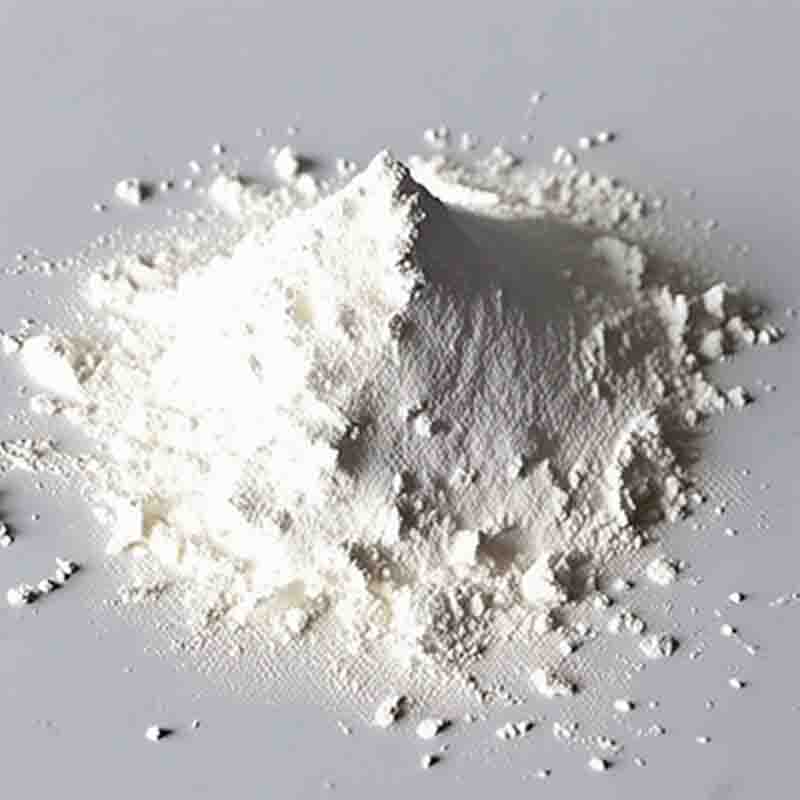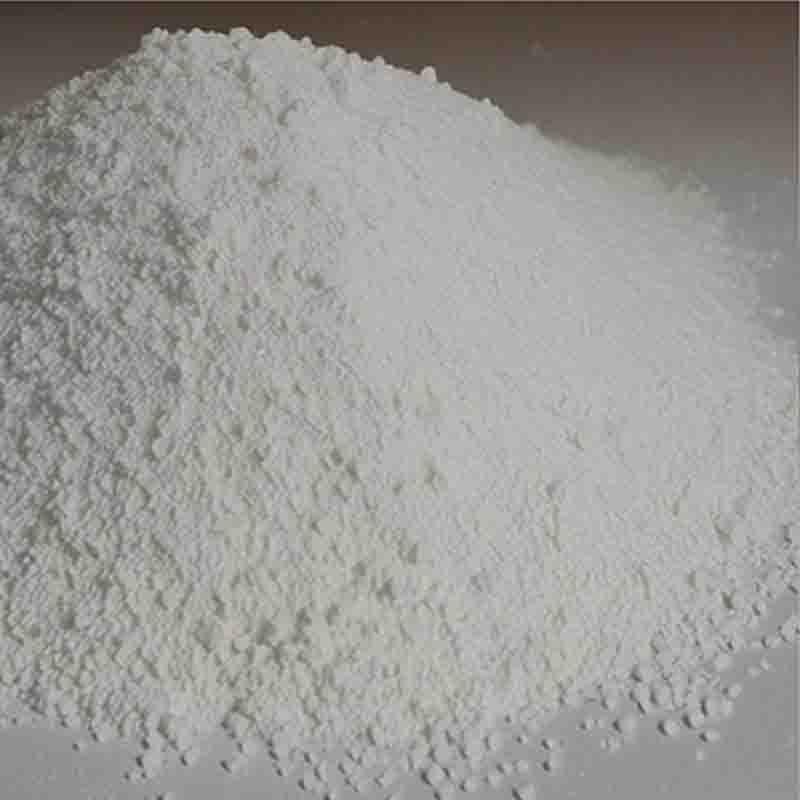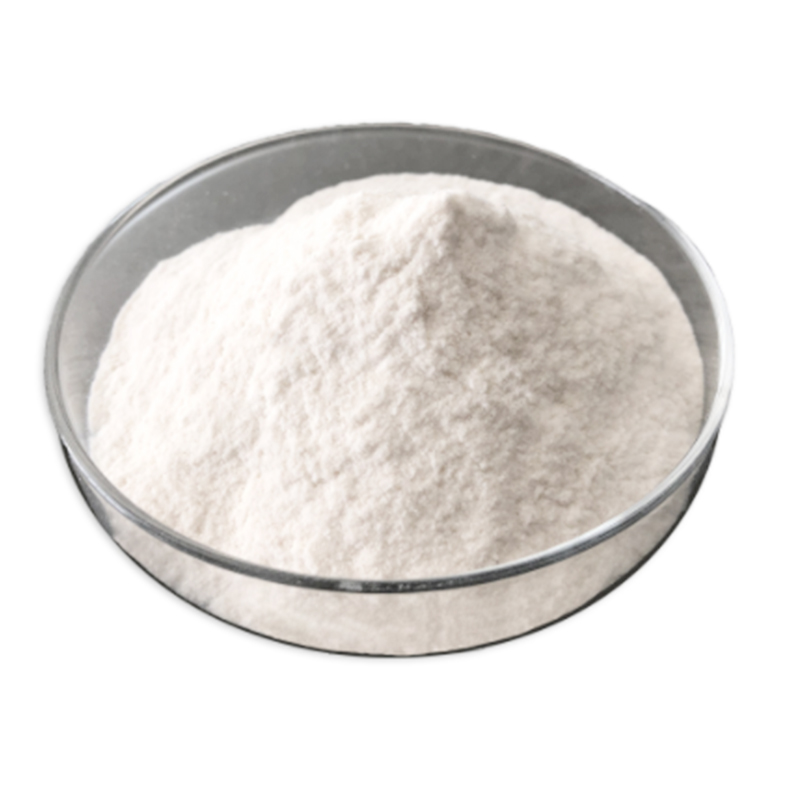(S)-1-(3-Ethoxy-4-Methoxyphenyl)-2-(Methylsulfonyl)ethylaMine N-acetyl-L-leucine salt CAS: 608141-43-1
| Catalog Number | XD93856 |
| Product Name | (S)-1-(3-Ethoxy-4-Methoxyphenyl)-2-(Methylsulfonyl)ethylaMine N-acetyl-L-leucine salt |
| CAS | 608141-43-1 |
| Molecular Formula | C20H34N2O7S |
| Molecular Weight | 446.56 |
| Storage Details | Ambient |
Product Specification
| Appearance | White powder |
| Assay | 99% min |
(S)-1-(3-Ethoxy-4-Methoxyphenyl)-2-(Methylsulfonyl)ethylamine N-acetyl-L-leucine salt, often abbreviated as EMME, is a chemical compound that has shown promise in various biomedical applications. Let's delve into its potential uses and significance.EMME has gained attention for its potential neuroprotective properties. Research suggests that it may have a positive impact on cognitive function and memory. Its mechanisms of action are thought to involve inhibiting oxidative stress and reducing neuroinflammation, both of which play a role in neurodegenerative disorders like Alzheimer's disease. EMME's ability to protect the brain from damage and promote neuronal health makes it an intriguing target for further studies and potential therapeutic interventions.Another potential application of EMME is in the treatment of pain. It has been investigated for its analgesic effects, particularly in chronic pain management. Studies suggest that EMME may modulate pain transmission by acting on neurotransmitter systems involved in pain perception, such as serotonin and norepinephrine. The compound's ability to potentially alleviate pain without causing significant systemic side effects makes it an attractive option for further exploration.Furthermore, EMME's anti-inflammatory properties have been studied in the context of various inflammatory conditions. It may have the potential to reduce inflammation by inhibiting the production of pro-inflammatory molecules and modulating the activity of immune cells. This suggests that EMME could have therapeutic applications in conditions characterized by inflammation, such as rheumatoid arthritis and inflammatory bowel diseases.EMME has also shown promise as a potential anticancer agent. Preliminary studies suggest that it may exhibit cytotoxic effects on certain cancer cell lines, inhibiting their proliferation and inducing apoptosis. These findings raise the possibility of developing EMME or its derivatives as targeted anticancer therapies.In summary, EMME, also known as (S)-1-(3-Ethoxy-4-Methoxyphenyl)-2-(Methylsulfonyl)ethylamine N-acetyl-L-leucine salt, holds promise in several biomedical areas. Its potential neuroprotective, analgesic, anti-inflammatory, and anticancer properties make it a versatile compound for further research and development. However, it is essential to note that more studies are required to fully understand its mechanisms of action, evaluate its therapeutic potential, and establish its safety and efficacy in human subjects. Nonetheless, EMME represents a fascinating compound that may contribute to advancements in neurology, pain management, inflammation, and oncology research.


